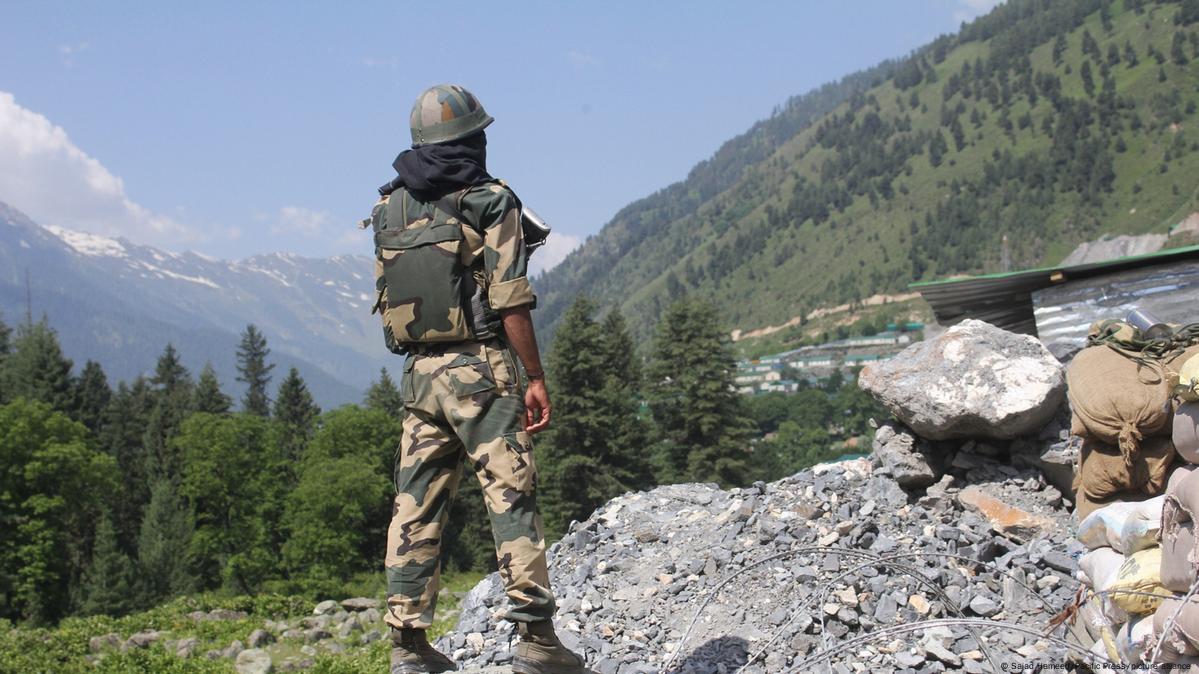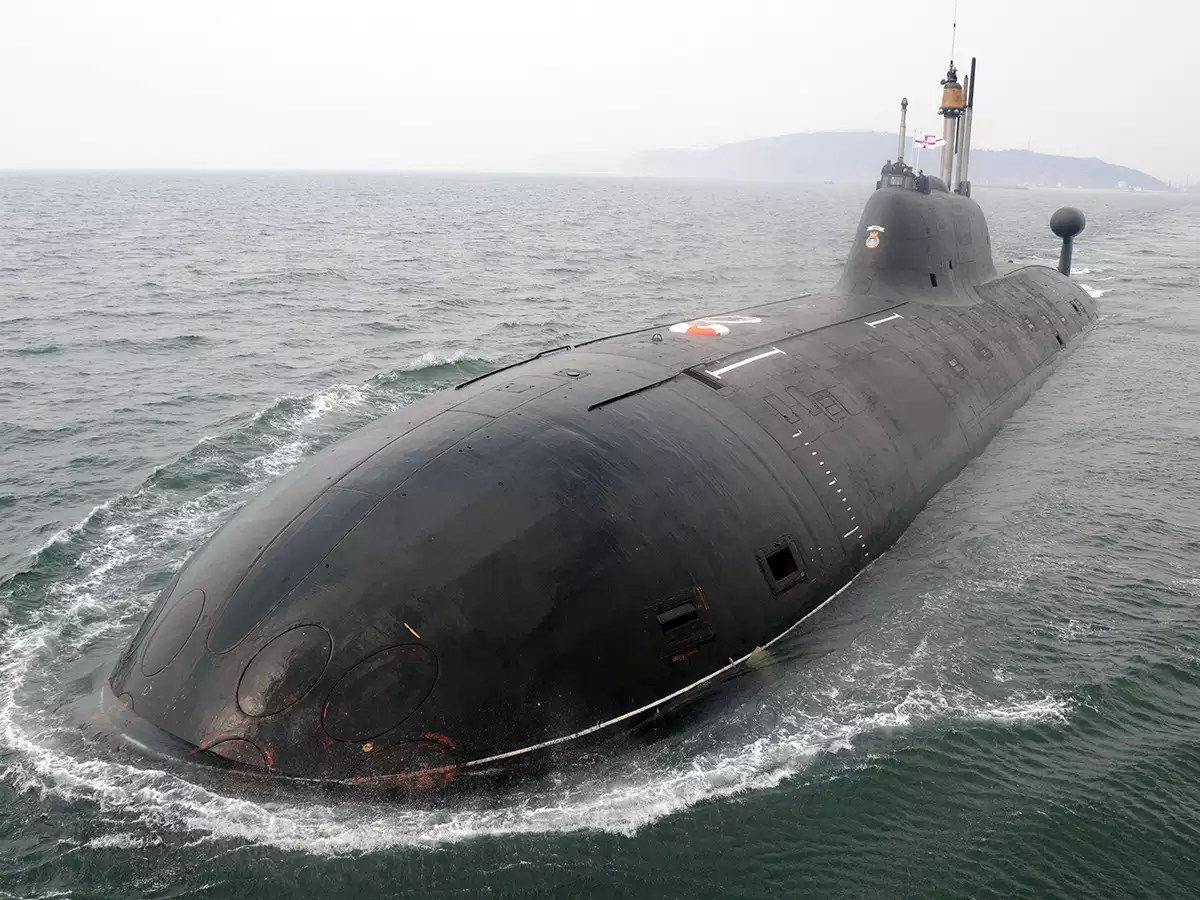- After a four-year wait, a welcoming patrolling agreement on the line of actual control has been reached between India and China on the contentious eastern Ladakh border. Behind-the-scenes lobbying by diplomatic and military channels appears to have yielded some tangible results, as both sides sought. The moot point to ponder over here is how effectively such gains can be metamorphosed into more tangible benefits for the overall good of the relationship between the two Asian giants. Since the nitty-gritty of the patrolling agreement will be dissected by the security experts on the ground, what it entails for the two countries in the coming days makes for an interesting read. Let’s dwelve further to discern the matter.

PC: DW
- However, it goes without saying that New Delhi must forever be wary of Xi’s China, and work on reducing critical gaps in national power. Following the announcement of the agreement, PM Modi and President Xi met recently on the sidelines of the Brics summit in Kazan Russia – their first bilateral in five years. While this is not a resumption of business as usual, it does signal intent on both sides to seek ways to improve the India-China equation. Needless to mention, New Delhi must confront some hard truths to protect itself from falling for another Chinese trap. For the uninitiated, the India-China relationship is one of equals but there’s a huge skew in the national power of the two countries. China’s economic size is $18.5tn. India’s is $3.9tn.
- Further, Beijing’s defence budget for 2024 is $236bh. India’s is $75bn. In other words, the difference in size matters. Plus, an expansionist, hyper-nationalist China under Xi can easily turn that size into bullying tactics as and when it suits Beijing. China has the largest navy in the world today. And it continues to churn out naval vessels at a fast clip. Consider just one metric: submarines. The Chinese navy has 60 nuclear and conventional diesel-electric submarines. India has just two nuclear and 16 diesel-electric submarines. With this inventory, guess who is in a position to dominate the Indian Ocean sealanes? Additionally, Beijing’s dominance in critical technologies is a serious problem for India.

PC: The Economic Times
- China is a global leader in batteries, accounting for 70-90% of the world market in lithium-ion batteries across their entire value chain. That means at this rate, all of India’s EVs and even New Delhi’s green transition plans will hinge on Chinese batteries. This presents a serious security issue for India. Even on semiconductors for which GOI is now trying to set up indigenous production – the first chip fab is coming up in Gujarat as a joint project between the Tatas and Taiwan’s PSMC – China is investing far more. The asymmetry is evident. Combine this with China’s closed system and Xi’s obsession with re-writing global rules. As such, New Delhi should be cautious about Xi’s moves and build its own strength to tackle any eventualities.






